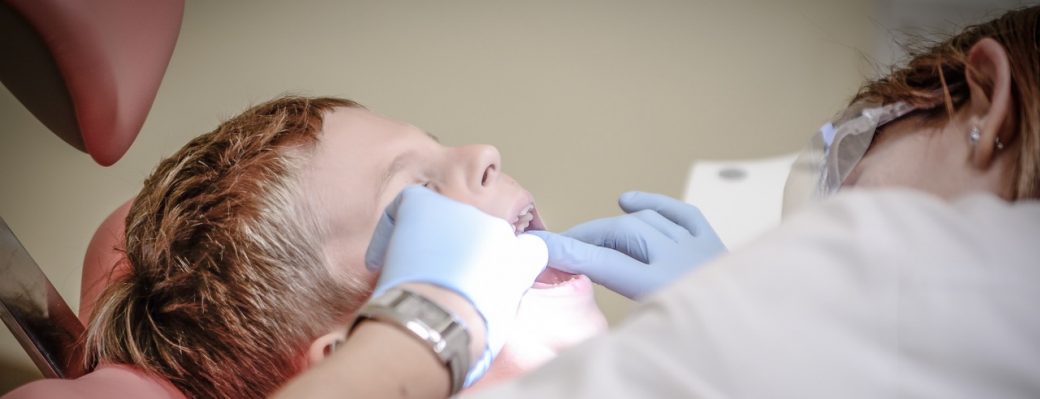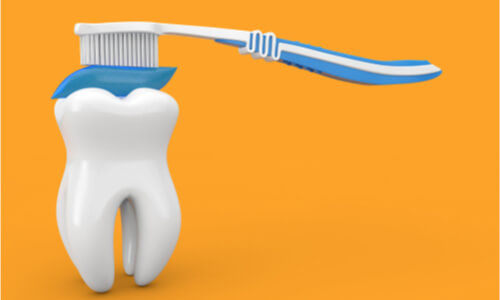If you are scheduled for a dental procedure that will require an injection of local anesthesia, it’s essential to be aware of the potential side effects. Dental anesthesia can cause nausea, vomiting, and headaches in some people. It can also lead to more severe side effects like seizures in rare cases. If you are experiencing any side effects after your anesthesia injection, tell your dentist right away.
What is local anesthesia
Local anesthesia numbs a specific area of your mouth. It provides pain relief for the bone, soft tissues, and teeth. It’s used for procedures like fillings, crowns, and deep cleanings. You’ll likely receive a numbing agent like lidocaine or bupivacaine—these work by blocking nerve impulses in the area being treated.
What is general anesthesia
General anesthesia puts you to sleep. It’s used for more complicated procedures, like root canals and wisdom teeth extractions. You’ll usually get general anesthesia through an injection into a blood vessel (IV) or a mask covering your nose and mouth.
How long does the anesthesia last
Local anesthesia typically wears off within an hour or two after the injection. General anesthesia usually lasts for several hours.
Importance of dental anesthesia
It’s important to note that the side effects of dental anesthesia are rare, and the benefits of receiving anesthesia during a dental procedure typically outweigh any potential risks. Dental local anesthesia can make your visit more comfortable and help ensure that the process is performed as safely as possible.
Side effects of Local anesthesia
Side effects of Local anesthesia are infrequent but can include nausea, vomiting, headaches, and seizures in some people. If you experience any side effects after anesthesia injection, tell your dentist right away. Some people may experience an allergic reaction to the local anesthetic medication.
Uses, types, preparation, and side effects of Dental anesthesia
Dental local anesthesia is used to help ensure a comfortable and safe dental treatment. There are different types of dental anesthesia, and the kind used will depend on the procedure being performed.
Local anesthetics are usually injected into the area around the tooth that will be worked on. Adverse reactions to local anesthesia are rare but can include nausea, vomiting, headaches, and seizures in some people.
How long do the effects of dental anesthesia last?
Local anesthesia typically wears off within an hour or two after the local anesthetic injection. General anesthesia usually lasts for several hours.
How long do the side effects of dental anesthesia last?
The side effects of Local anesthesia are rare but can include nausea, vomiting, headaches, and seizures in some people. The adverse reactions may not last long and wear off very soon. If you are experiencing any lingering effects, contact your dentist as quickly as possible.
What is the recovery time for dental anesthesia?
Recovery from local anesthesia is usually pretty quick—within an hour or two after the injection. Recovery from general anesthesia may take a bit longer because it takes time for the medication to clear your system. You’ll likely feel groggy and disoriented for a few hours after the procedure. Make sure you have someone available to drive you home and stay with you for at least 24 hours after the procedure.
Special precautions before taking dental anesthetics
You should inform your dentist about any initial conditions you might have, for example, if you are pregnant, have a heart condition, or are allergic to any medications.
If you take medication regularly, you must speak with your dentist before the day of the surgery. You might need to stop taking some medicines before the procedure.
It would be best to refrain from eating a substantial meal before local anesthesia. Otherwise, many people experience nausea, vomiting, and dizziness after receiving local anesthesia. A light snack is usually okay but consult with your dentist if you’re unsure what’s appropriate.
What are short term side effects possible after general anesthesia?
Some people may experience nausea and vomiting, dry mouth, chills, shivering, sore throat and hoarseness, confusion and disorientation, and problems with urination.
Make sure you understand the risks and benefits of dental anesthesia before your procedure. If you have any questions or concerns, speak with your dentist or anesthesiologist. Dental anesthesia can make your visit more comfortable and help ensure that the procedure is performed as safely as possible.
What are some possible long-term side effects of dental anesthesia?
Some people may experience confusion and disorientation right after the surgery. Postoperative delirium is pretty common in the elderly. The delirium goes away after a week.
Some people may experience memory loss or have problems recalling things, but this also goes away.
What are the alternatives to dental anesthesia?
There are several alternatives to dental anesthesia. One is the use of nitrous oxide, which is also known as laughing gas. This gas is inhaled through a mask and helps you relax during the procedure. The effects of nitrous oxide wear off quickly, so you can drive yourself home after the procedure.
Another alternative is oral conscious sedation, which involves taking a pill before the procedure. This will make you drowsy, but you will still be awake. Like nitrous oxide, the effects of oral conscious sedation will wear off quickly, so you can drive yourself home after the procedure.
If you are anxious about dental procedures, talk to your dentist about these or other alternatives to help you relax during your visit.
Preparing for dental anesthesia
If you are scheduled for a dental procedure that will require a local anesthetic injection, be sure to tell your dentist about any allergies or medical conditions you have. You may also need to stop taking certain medications before the procedure. Avoid taking a heavy meal before the dental treatment; otherwise, many people experience nausea, vomiting, and dizziness after receiving local anesthesia.
Before you undergo any dental anesthesia, your dentist will review your medical history and ask about any medications you are taking. It would be best to inform your dentist about any allergies you have.
Your dentist will also do a physical examination of your mouth and teeth to ensure adequate anesthesia.
It would be best if you planned to have someone drive you home after the procedure, as the effects of the local anesthetic can last for several hours. Make sure you have someone stay with you for at least 24 hours after the procedure if you experience any side effects.
Local dental anesthesia is generally safe, but it is essential to understand the risks and benefits before undergoing dental procedures.
Can the anesthetic from the dentist make you sick?
The local anesthetic used by your dentist is very unlikely to make you sick. Side effects or adverse drug reactions from dental anesthesia are usually mild and disappear within a few hours.
What should I do if I’m experiencing side effects from dental anesthesia?
If you are experiencing any side effects from local anesthesia, tell your dentist or anesthesiologist. They can help you feel more comfortable and may give you medication to relieve any discomfort.
Alternate methods for dental sedation:
Nitrous oxide-
Laughing gas is a safe and effective way to relax during dental procedures. It is inhaled through a mask and quickly causes you to feel lightheaded and relaxed. The effects of laughing gas wear off soon, so you can drive yourself home after the procedure.
Oral conscious sedation
This involves taking a pill before the procedure that will make you drowsy, but you will still be awake. Like nitrous oxide, the effects of oral conscious sedation will wear off quickly, so you can drive yourself home after the procedure.
IV Sedation
IV sedation is a more potent form of anesthesia given through a vein in your arm. This type of anesthesia allows you to remain asleep during the procedure. You will need someone to drive you home after the process, as the effects of IV sedation can last for several hours.
General anesthesia
General anesthesia is used for more complex procedures and is given through an IV in your arm. You will be asleep during the process and need someone to drive you home afterwards.
Types of local anesthetics
There are two main types of local anesthetics, Topical anesthetics and Injectables.
Topical local anesthetics come in creams, gels, and ointments. They are applied to the area’s skin that will be numbed and work quickly to provide pain relief. Topical anesthetics are usually used for pain relief in minor procedures such as removing stitches, IV insertion, catheter insertion, endoscopy, and other dental treatments that may involve a needle poke.
Injectable anesthetics are given as a shot and work quickly to numb the area. Injectable drugs are used for more complex procedures such as root canals, wisdom teeth extractions, skin biopsy, and removing deep warts from under the skin. Injections are given to prevent pain in processes involving incision.
Preparation for local anesthesia
There isn’t much preparation needed for Local anesthesia; when undergoing minor oral surgery, inform your dentist about any open wounds, allergic reactions, and other medical disorders you might have. The dental team will walk you through the procedure details, and you are set to go.
References:
https://www.healthline.com/health/local-anesthesia#types
https://www.colgate.com.au/oral-health/anesthesia/what-are-common-side-effects-of-local-anaesthetic
https://www.verywellhealth.com/local-anesthesia-defined-3157110


